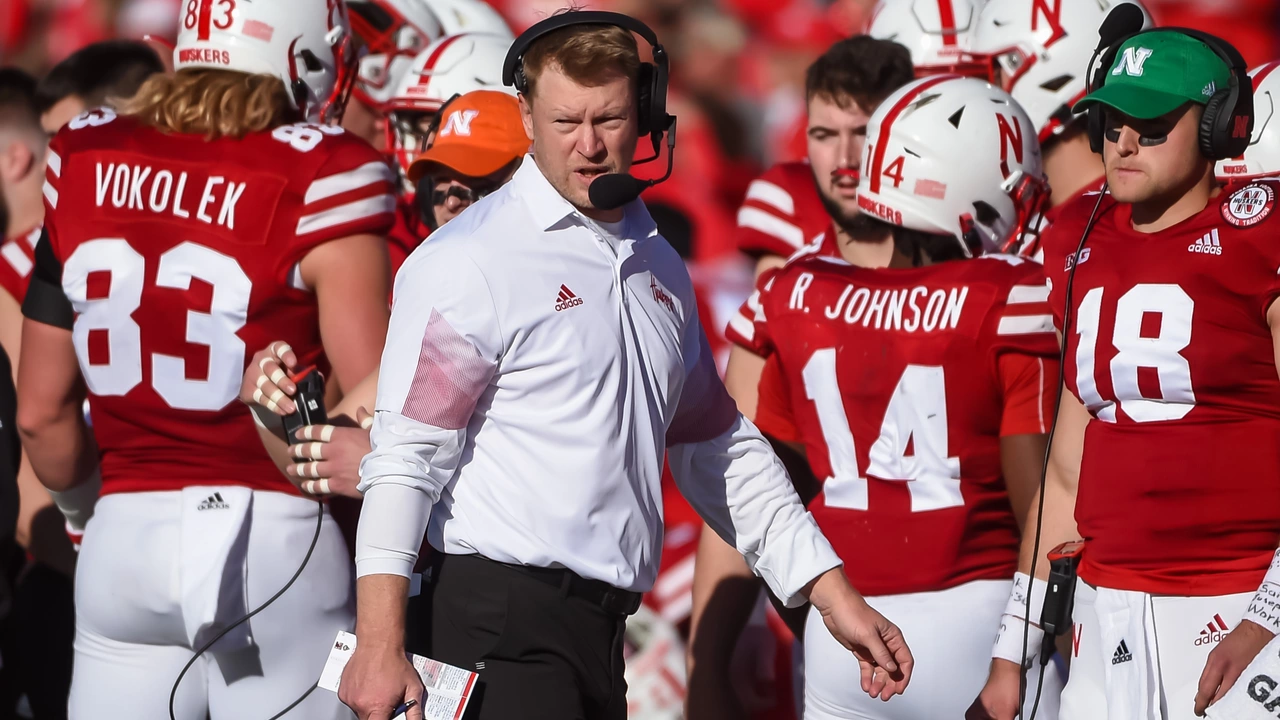Understanding the 'Group of Five'
Before delving into the significance and critique of the 'Group of Five' in college football, you must first understand what it is. The 'Group of Five' is a term used to refer to five athletic conferences in the NCAA Division I Football Bowl Subdivision (FBS). These conferences include the American Athletic Conference (AAC), Conference USA (C-USA), the Mid-American Conference (MAC), the Mountain West Conference (MWC), and the Sun Belt Conference. These conferences are considered to be in a tier below the 'Power Five' conferences (ACC, Big Ten, Big 12, Pac-12, and SEC), which traditionally have stronger teams and larger budgets.
What Function Does The 'Group of Five' Serve?
The 'Group of Five' serves multiple purposes in the college football landscape. Firstly, it provides a platform for smaller schools to compete at a high level. Despite not having the same resources as the more affluent 'Power Five' schools, these teams are still able to compete for a spot in the playoff and the opportunity to prove themselves against the powerhouses of college football. Secondly, the 'Group of Five' plays a crucial role in maintaining a robust and diverse talent pool. Many NFL stars have emerged from these programs, underscoring the quality of competition in these conferences.
Controversies and Criticisms
However, the 'Group of Five' is not without its critics. Some argue that the gap in resources between the 'Power Five' and 'Group of Five' is too vast, leading to an uneven playing field. This is evident in recruiting, where top prospects often choose 'Power Five' schools due to their superior facilities and exposure. Also, the current playoff system often leaves 'Group of Five' teams out in the cold, even when they have impressive records. This has led to calls for a separate playoff system for the 'Group of Five'.
Notable Success Stories
Despite the challenges, several 'Group of Five' teams have made their mark on college football. Teams like Boise State, Central Florida, and Houston have all had remarkable seasons that culminated in big bowl wins. These success stories highlight the potential of 'Group of Five' teams and the high level of competition within these conferences.
The Future of the 'Group of Five'
Looking forward, the future of the 'Group of Five' is uncertain. There are talks of expanding the college football playoff, which could potentially offer more opportunities for 'Group of Five' teams. However, there are also concerns about the financial sustainability of these programs in the face of rising costs and limited revenues. Despite these challenges, the 'Group of Five' remains a vital part of the college football landscape, providing opportunities for smaller schools to compete on a national stage.
Final Thoughts
In conclusion, while the 'Group of Five' may not have the same resources or recognition as the 'Power Five', it plays a crucial role in college football. It provides opportunities for smaller schools, nurtures diverse talent, and brings a unique dimension to the sport. Despite the controversies and criticisms, the 'Group of Five' has shown its worth through the many success stories it has produced. As we look to the future, it is crucial to ensure that the 'Group of Five' continues to have a place in college football.
